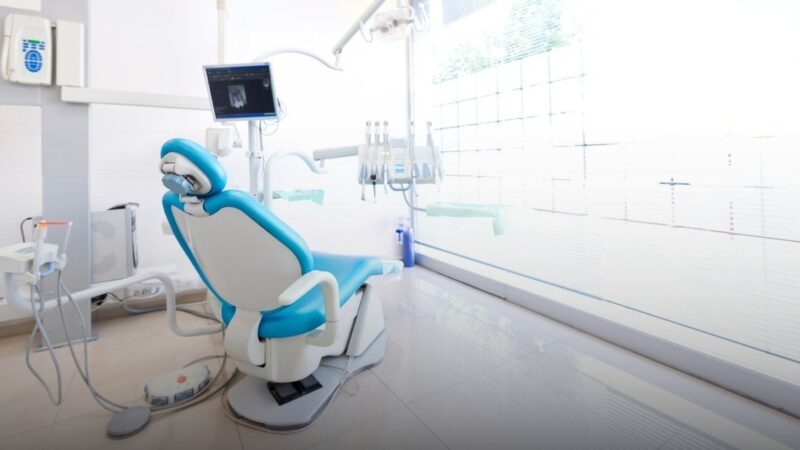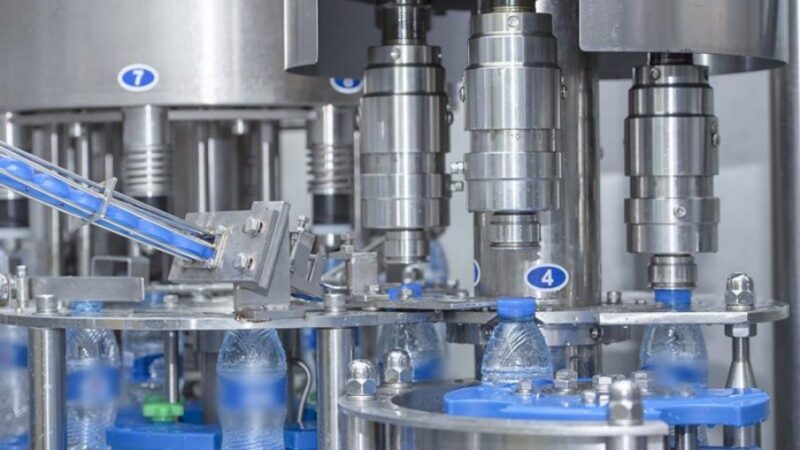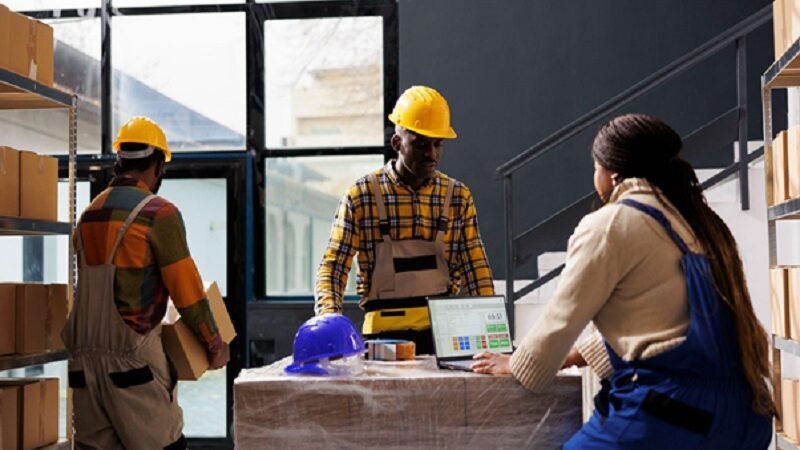Integrating AI with Wearable Technology to Boost Safety on Construction Sites

The construction industry, while vital, is inherently hazardous. Falls, struck-by incidents, and equipment malfunctions are common risks that put workers in peril daily. However, the advent of Artificial Intelligence (AI) integrated with wearable technology is rapidly changing the landscape, providing innovative solutions to enhance safety and prevent accidents. These advancements are ushering in a new era of proactive safety measures, moving away from reactive responses to hazards. By monitoring workers’ physical well-being and their environment in real-time, AI-powered wearables are becoming indispensable tools for creating safer and more efficient construction sites.
AI-Powered Wearables: A Proactive Approach to Safety
Traditional safety protocols often rely on post-incident analysis or periodic checks, leaving room for potential oversights. AI-powered wearables, on the other hand, offer a proactive approach. These devices, often incorporated into helmets, vests, or wristbands, utilize various sensors to continuously monitor vital signs like heart rate, body temperature, and oxygen saturation. Sudden changes can indicate fatigue, heatstroke, or other critical conditions, prompting alerts to both the worker and site supervisors. Furthermore, these wearables track workers’ locations, ensuring they are within safe zones and away from hazardous machinery. This continuous monitoring allows for immediate interventions, preventing potential health crises and accidents before they escalate. For ai in construction safety it is quite essential.
Environmental Monitoring for Enhanced Risk Assessment
Beyond physiological data, AI-integrated wearables also gather environmental information paramount to safety. Sensors detect hazardous substances like combustible gases, radiation exposure levels, and excessive noise. This real-time environmental data is crucial for identifying unsafe working conditions, allowing for immediate adjustments or evacuations. For example, if a worker enters an area with dangerous levels of toxic fumes, the wearable sends an alert, prompting them and their supervisors to take immediate action. By combining physiological and environmental monitoring, AI wearables provide a comprehensive picture of workplace safety, allowing for data-driven decisions and proactive hazard mitigation.
Data Analysis and Predictive Safety
The true power of AI in wearables lies in its ability to analyze vast amounts of data and identify patterns that may not be readily apparent. By continuously collecting and analyzing data from multiple workers and various site locations, AI can predict potential workplace dangers. For instance, if a specific area experiences a higher rate of worker fatigue or elevated radiation exposure, AI algorithms can flag these areas as high-risk zones, leading to targeted safety interventions. This predictive capability allows for a shift from responding to incidents to preventing them from occurring altogether.
The Future of Construction Safety
The integration of AI with wearable technology is not just a passing trend; it represents a fundamental shift in how safety is approached in the construction industry. As AI algorithms become more sophisticated and wearable technology becomes more robust and affordable, we can expect even greater levels of safety and efficiency on construction sites. This technology promises a future where accidents are minimized, workers are protected, and the construction industry operates with increased safety, productivity, and a stronger commitment to well-being.







